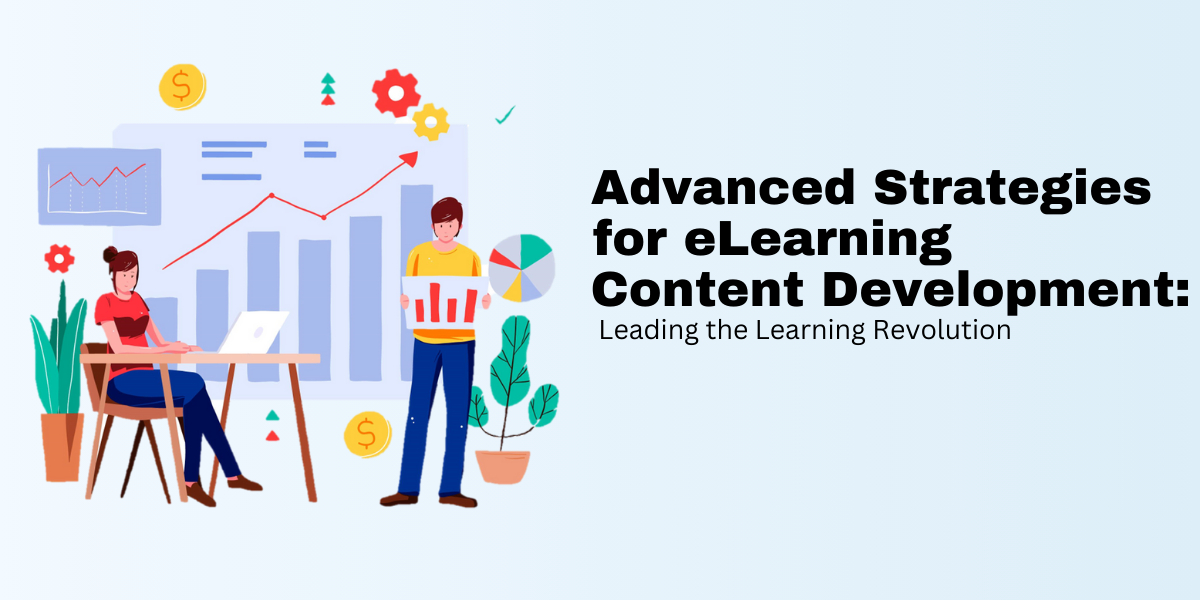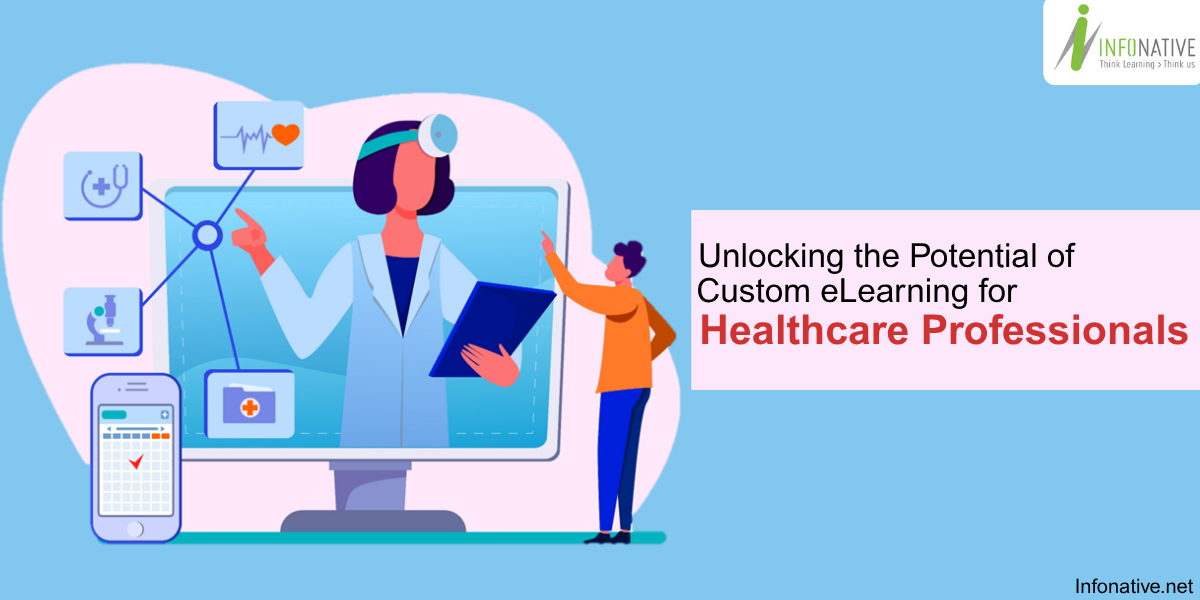eLearning has taken the world by storm, transforming how individuals and organizations approach education. As digital learning continues to grow, staying ahead of the curve means adopting advanced strategies that revolutionize the learning experience. But how can organizations ensure their eLearning content stands out? Let’s explore the game-changing strategies that are leading the learning revolution.
Understanding eLearning Content Development
What is eLearning Content Development?
eLearning content development is the process of creating engaging, interactive, and effective digital learning materials. This can include videos, quizzes, simulations, and more, all designed to meet specific learning objectives.
Key Elements of High-Quality eLearning Content
● Engagement: Content that keeps learners interested and motivated.
● Relevance: Materials tailored to the audience's needs.
● Interactivity: Opportunities for learners to actively participate.
● Accessibility: Inclusive design that caters to all learners.
Advanced Strategies for eLearning Content Development
Strategy 1: Personalized Learning Experiences
Benefits of Personalization
Imagine a course that feels like it’s been made just for you. Personalized learning boosts engagement, improves retention, and caters to individual learning styles.
How to Implement Personalization in eLearning
● Use AI to analyze learner behavior and preferences.
● Offer custom learning paths based on performance.
Strategy 2: Gamification for Engagement
Why Gamification Works
Gamification taps into our natural love for challenges and rewards. It makes learning fun and encourages active participation.
Gamification Techniques in eLearning
● Incorporate badges, leaderboards, and progress bars.
● Design scenarios where learners “play” to solve real-world problems.
Strategy 3: Microlearning for Better Retention
The Science Behind Microlearning
Short, focused lessons are easier for the brain to process and remember. It’s like giving your learners bite-sized snacks instead of a huge meal.
Tips for Creating Microlearning Modules
● Keep lessons under 5 minutes.
● Focus on one objective per module.
Strategy 4: AI-Driven Adaptive Learning
What is Adaptive Learning?
Adaptive learning adjusts the content based on individual progress, ensuring learners get exactly what they need.
The Role of AI in Adaptive Learning
AI analyzes learner data to create dynamic courses that evolve in real-time.
Strategy 5: Interactive and Immersive Content
Virtual Reality (VR) and Augmented Reality (AR)
VR and AR create immersive environments that simulate real-world scenarios, making learning experiences unforgettable.
Interactive Video Content
Interactive videos engage learners by allowing them to make choices or explore different outcomes.
Strategy 6: Collaborative Learning Models
Peer-to-Peer Learning
Encourage learners to share knowledge and solve problems together.
Social Learning Platforms
Use platforms like forums and chat groups to foster collaboration.
Technology Integration in eLearning
Leveraging Learning Management Systems (LMS)
An LMS is the backbone of any eLearning strategy, providing tools to deliver, track, and analyze learning content.
Using Analytics to Improve Content
Data-driven insights help refine content to better meet learner needs.
Best Practices for eLearning Content Development
Setting Clear Learning Objectives
Define what learners should achieve by the end of the course.
Designing for Accessibility
Ensure content is inclusive, with features like captions, transcripts, and adjustable text sizes.
Continuous Feedback and Iteration
Regular updates based on learner feedback keep your content relevant and effective.
Challenges in Advanced eLearning Strategies
Common Roadblocks in Implementation
● Limited budgets and resources.
● Resistance to adopting new technologies.
Overcoming Resistance to Change
Educate stakeholders about the benefits and provide training for smooth transitions.
Conclusion
The eLearning landscape is evolving rapidly, and staying ahead requires innovation and adaptability. By embracing advanced strategies like personalization, gamification, and immersive content, organizations can lead the learning revolution and make a lasting impact.




